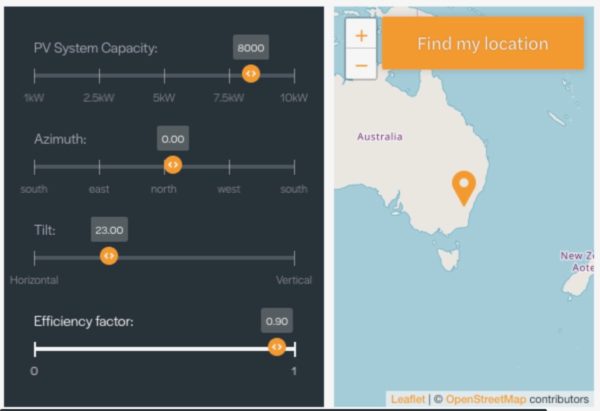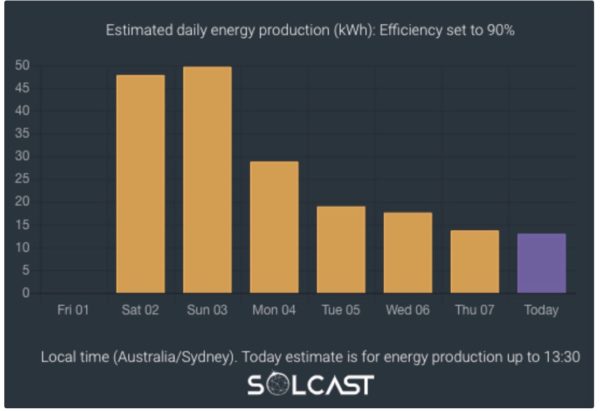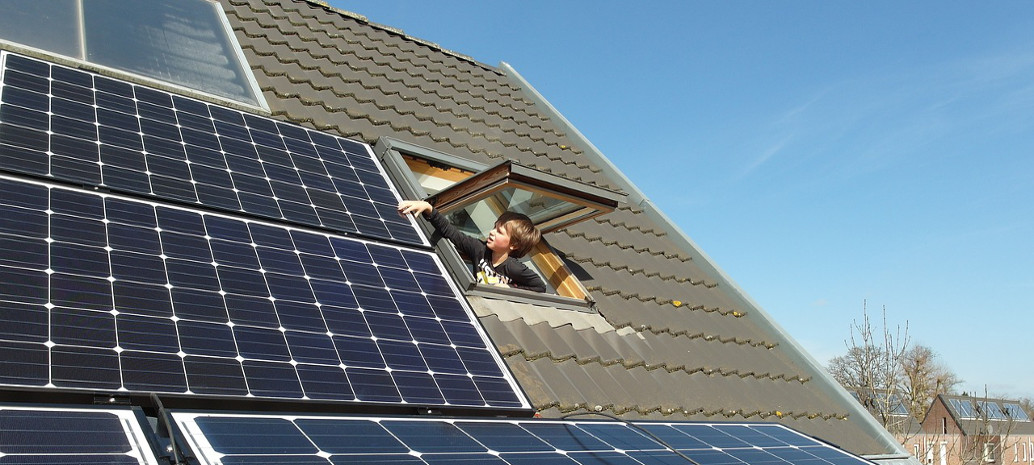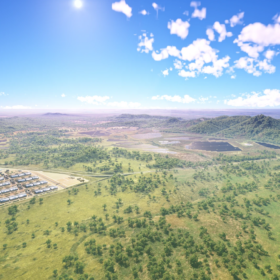Solar forecaster Solcast is offering a great tool for anyone with a home solar PV system, a free PV system performance checker.
For the massive and growing number of Australians who’ve made the move to residential solar PV, a common question no doubt crosses the mind while standing outside with the morning coffee or afternoon beer: “Is my rooftop solar system working properly?”
After all, the panels are just sitting there, how can we be sure they’re working hard and not slacking off? Well, the answer to that question is only a few clicks away: Solcast’s free pv system performance estimation tool.
There are a number of reasons why a residential solar PV system might not be working as hard as it could. The complex installation process may have been fudged, a detail overlooked, or an accumulation of dirt and dust could be hindering the panels’ solar intake, your panels may have developed microfractures, also known as microcracks, a form of solar cell degradation. Or perhaps the inverter has worn out (inverter faults make up almost 50% of major solar system failures). Who knows, maybe that massive tree overhanging your roof is blocking out the sun just a tad? Of course, the main factor determining whether your rooftop solar array is working hard is cloud cover.
According to Solar Analytics, more than half of Australia’s residential solar systems are not performing as efficiently as they could be. Moreover, solar systems are not immune to faults, such as mentioned above, but unfortunately for a PV system owner won’t know their system has faulted until an unexpectedly large electricity bill arrives.
To be sure, Solcast’s free PV system performance checker can provide you with detailed estimates of the total daily energy generation from your rooftop solar array from today and back over the previous six days.
Solcast developed its enormous forecasting system and data set primarily for solar forecasting for energy markets, utilities or large scale solar farms. However, according to Nick Engerer, Solcast CTO, Solcast also wants “to help out the 2 million plus Australians who have made their own solar investment.”
What you need to know
To get the most accurate estimate of what your rooftop solar array is up to you’ll first need to know a few details. Firstly, your solar system’s capacity, this is to say, its total wattage. As an example, let’s take an approximately average nationwide system size of 6 kW.
Secondly, you’ll need to work out the direction your solar array is looking, its azimuth, and take a stab at its tilt (probably somewhere between 15-25°). Lastly, find your spot on the map and drop a pin to collate your details.
After you’ve entered all your details the tool provides the user with an energy generation estimate in kWh (the same measurement as seen on your bill).


To check in on your rooftop solar PV system, click here.
This content is protected by copyright and may not be reused. If you want to cooperate with us and would like to reuse some of our content, please contact: editors@pv-magazine.com.









By submitting this form you agree to pv magazine using your data for the purposes of publishing your comment.
Your personal data will only be disclosed or otherwise transmitted to third parties for the purposes of spam filtering or if this is necessary for technical maintenance of the website. Any other transfer to third parties will not take place unless this is justified on the basis of applicable data protection regulations or if pv magazine is legally obliged to do so.
You may revoke this consent at any time with effect for the future, in which case your personal data will be deleted immediately. Otherwise, your data will be deleted if pv magazine has processed your request or the purpose of data storage is fulfilled.
Further information on data privacy can be found in our Data Protection Policy.